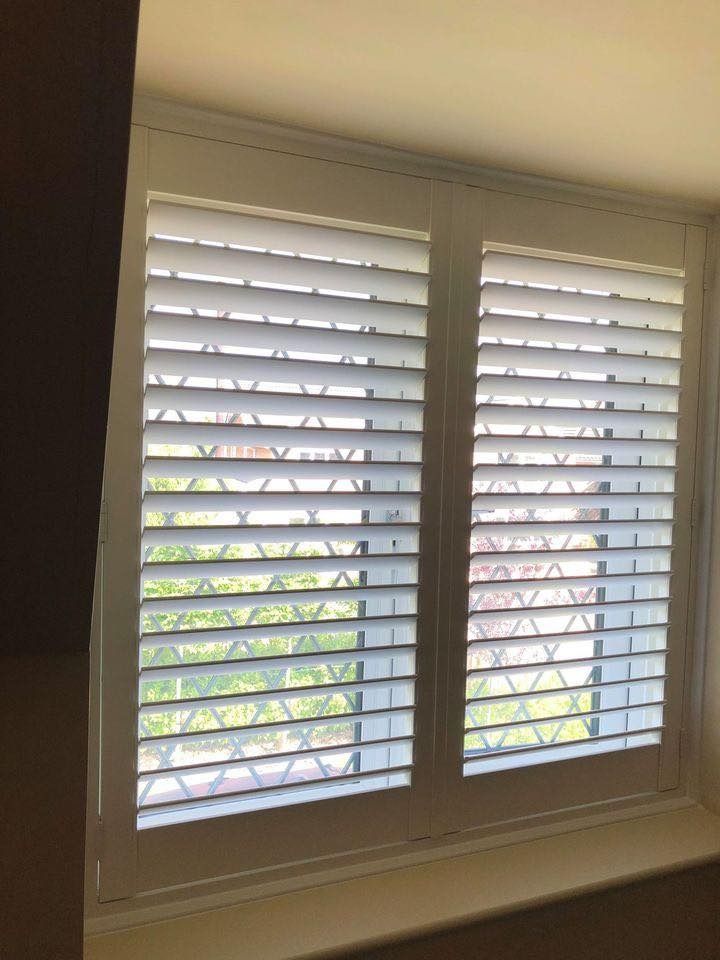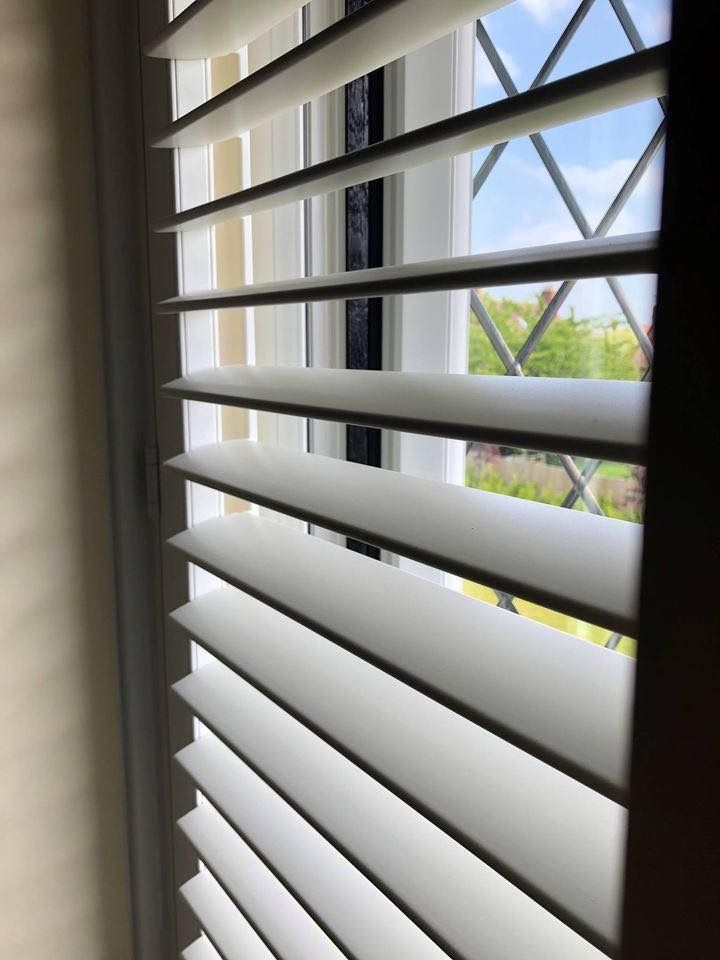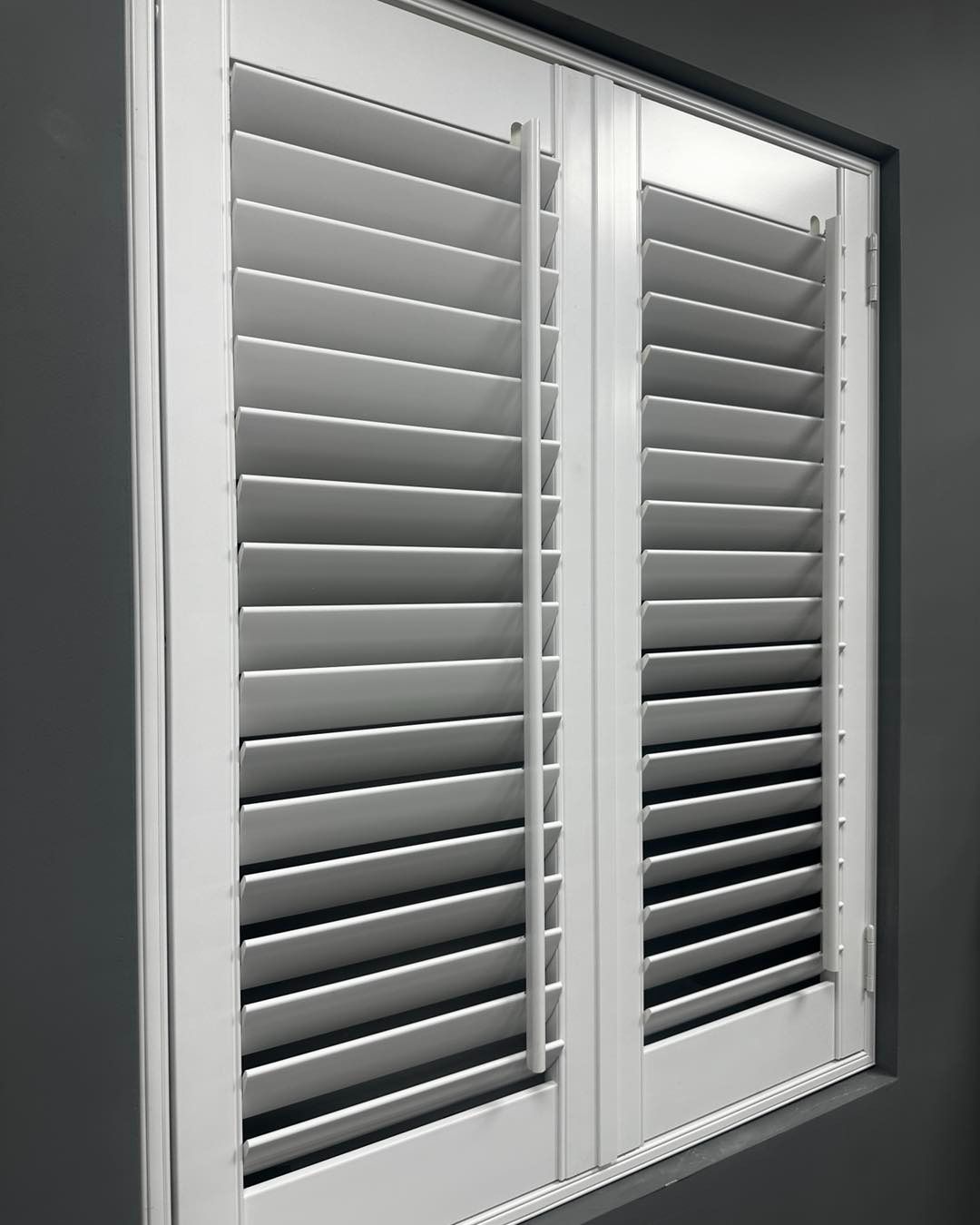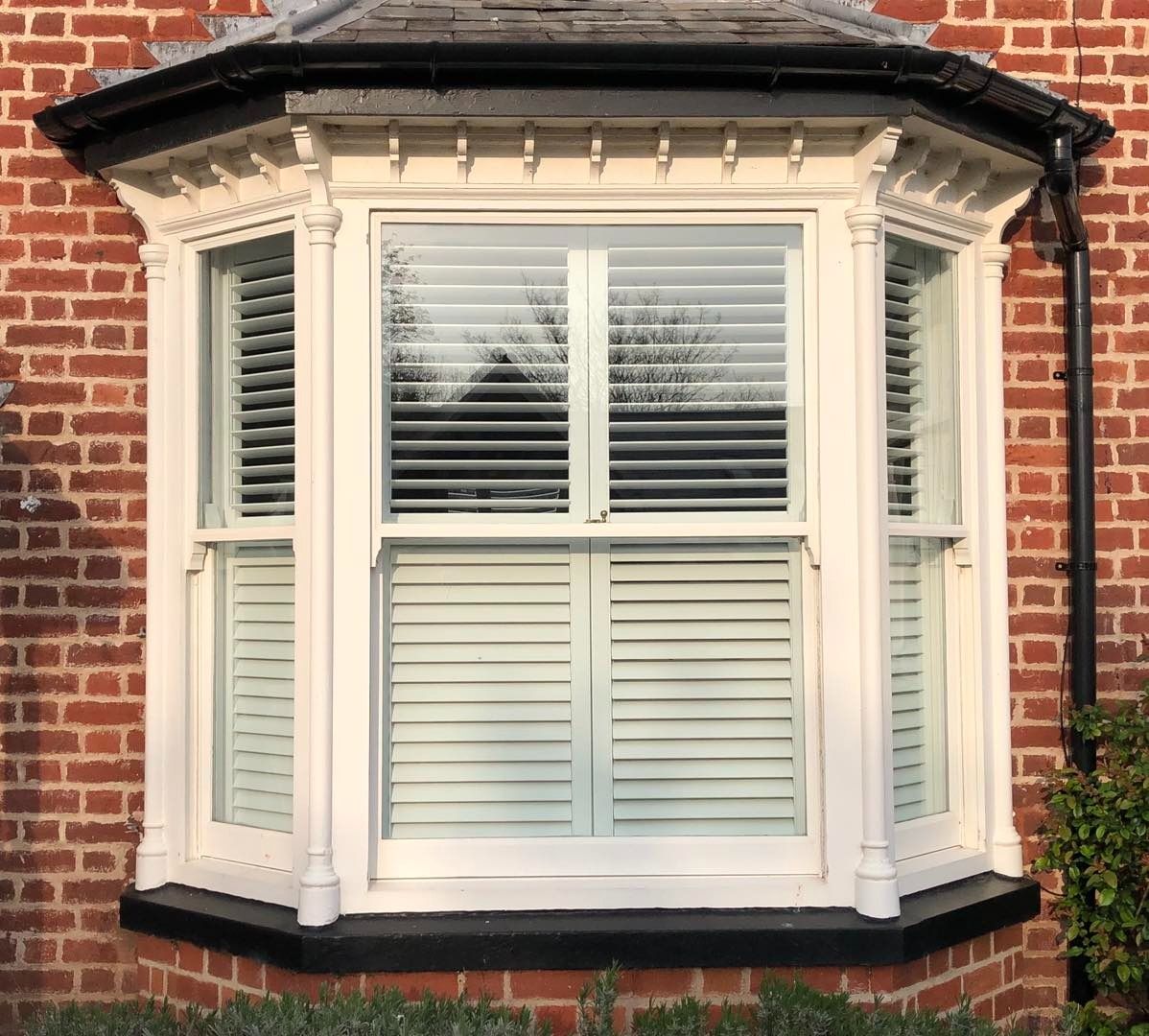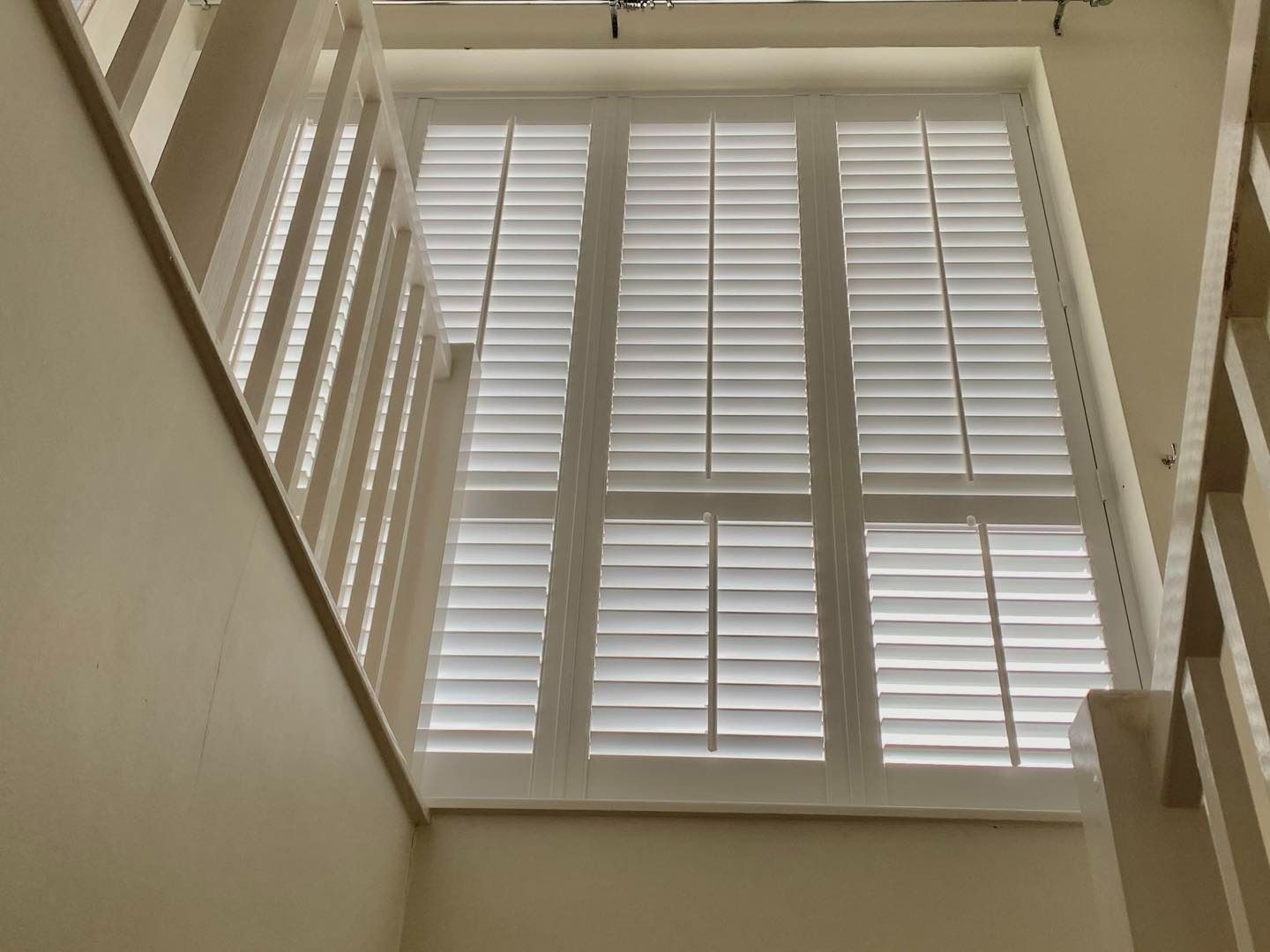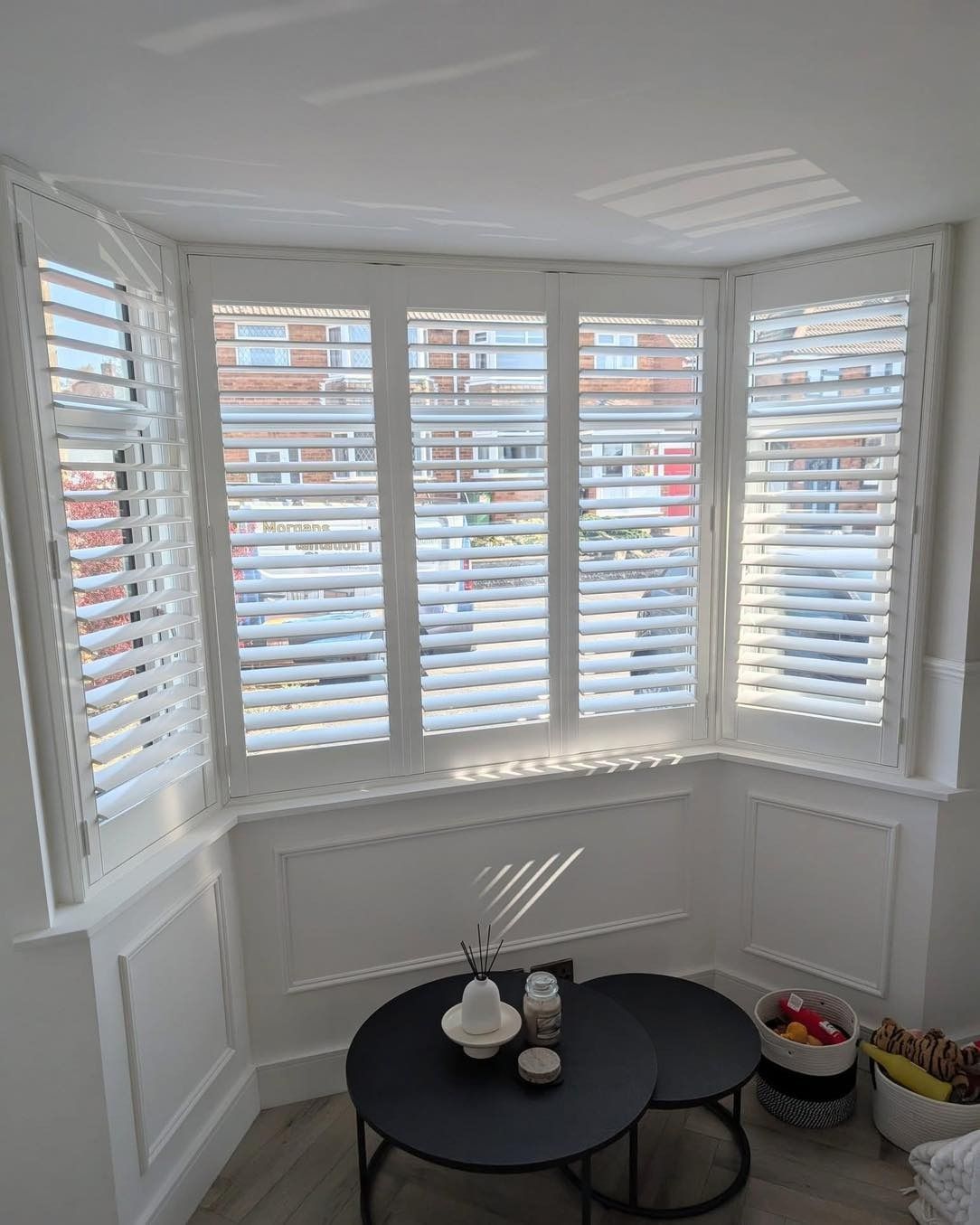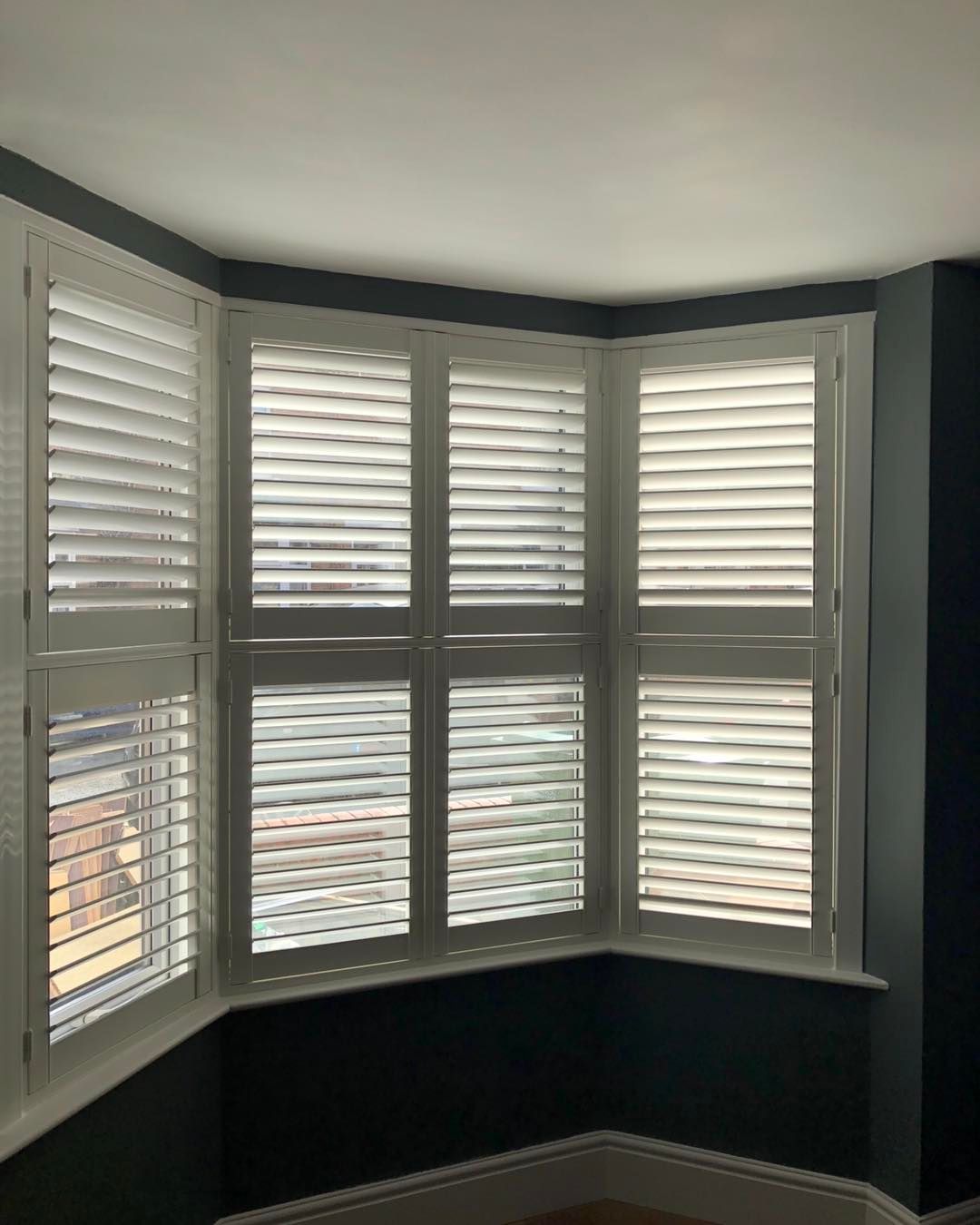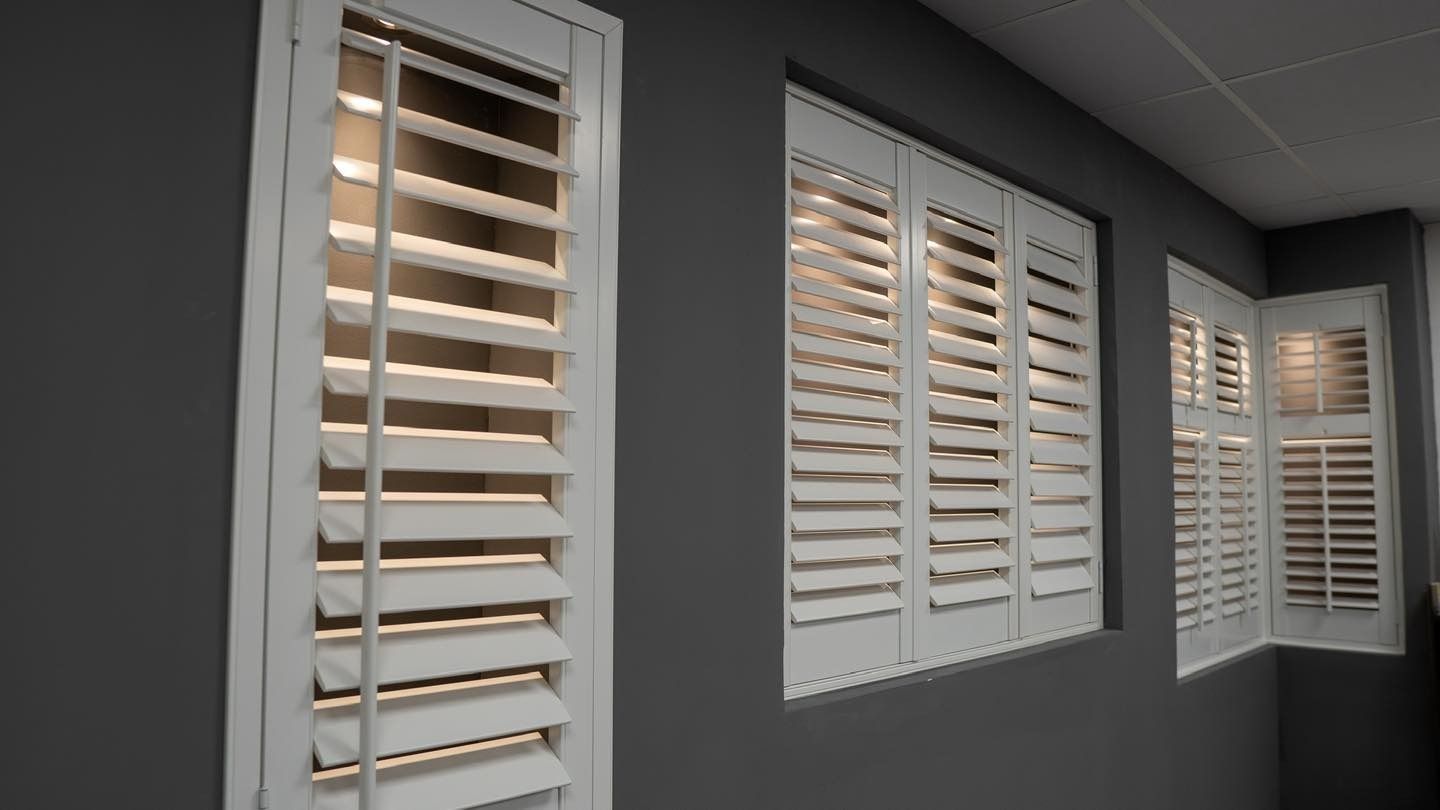Tier-on-tier shutters are one of the most flexible window coverings available. They’re made with two separate panels, one on top of the other, each opening independently. This makes them a smart choice in rooms where you want natural light from the top while keeping privacy at the bottom. They’re a popular choice across Leicester for lounges, kitchens and upstairs bedrooms, offering a nice balance of style and function.
That said, they do come with more moving parts than single-panel shutters, and now and then, they may stick or jam. If you're dealing with shutters that are hard to open, won't close properly or feel stiff, you're not alone. These problems tend to show up over time and are usually caused by wear, changing weather or minor misalignment. The good news is that most issues can be addressed without major disruption once you know what’s behind them.
Common Causes of Stuck or Jammed Tier-on-Tier Shutters
When your shutters stop moving as smoothly as they used to, there are often a few day-to-day reasons behind it. It's rarely a sign of poor quality. Rather, it's often due to the material reacting to its environment, such as changes in humidity or temperature, or the shutter’s regular use.
1. Build-up of dirt or dust
Tiny particles, lint or kitchen grease can gather in the hinges and on the edges of shutters over time. This build-up can make them feel gritty or creaky when you try to open them. Kitchens are a common place for this, where steam and airborne oils cling to everything, including your shutters.
2. Humidity and weather changes
Moisture in bathrooms, utility rooms or street-facing ground floors can cause the wood or MDF to swell slightly. Leicester’s climate, with its mix of damp, cold spells and warm, sunny days, can cause shutters to expand or contract. That may lead to them pressing against the frame more tightly than before.
3. Loose or worn hinges
Each section of tier-on-tier shutters has its own set of hinges, meaning more wear over time. Screws can work themselves loose or hinges may shift slightly, which impacts the way the panels line up with each other and the frame.
4. Misaligned magnets
Magnets help keep shutters shut when they’re not in use. If they move out of position or lose some of their strength, your shutters might either pop open too easily or get harder to close.
5. Frame expansion or structural shifts
All houses settle as they age. If your home shifts a bit or windows swell, you might start to notice the shutters dragging or rubbing. Even older homes in Leicester with character features may see subtle movements that affect shutter performance.
With a bit of awareness and a close look at how your shutters are behaving, you can often spot what’s behind the trouble.
Simple Fixes for Everyday Problems
Before calling anyone in, it’s worth seeing if some gentle maintenance can fix the issue. These shutters are made to last and can often be brought back into smooth working order with minimal tools.
Here are a few easy steps to start with:
- Wipe down all shutter edges and panels using a soft cloth and warm water mixed with mild soap. Concentrate on areas near hinges or where crumbs and dust might collect. Avoid using harsh cleaners.
- If you spot a loose hinge, gently tighten the screws using a screwdriver. Take your time and avoid over-tightening, which can misalign the panels or damage the frame.
- Apply silicone spray or dry lubricant to the hinges and any other moving joints. Oil-based sprays can stain, so be selective in what you use. Usually, a quick spray is all that’s needed.
- Run your fingertip down the inside frame edge if your panels feel tight. A bit of frame swell might ease when the weather dries out. Persistent pinching may need expert trimming or adjustment.
- Inspect the magnets and clean both parts. If they look dirty or weak, a gentle wipe might help, but if they’re worn out, replacements are usually simple and affordable.
One homeowner in Leicester had shutters in a loft bedroom that were locking up unevenly. After a closer look, it turned out to be extra humidity caused by a leaky roof. Once the roof was repaired and humidity dropped, a minor hinge adjustment solved the issue entirely.
If none of these steps work or if the panels still feel difficult to move after cleaning and adjusting, it might be time to step back and involve someone with more experience.
When to Call in the Professionals
There comes a point when a few home tweaks aren't enough to solve the problem. In cases where tier-on-tier shutters aren’t staying shut, swinging freely or dragging along the edge of the frame, the problem could be something more involved.
Here are a few signs to look out for:
- The panels won’t close all the way or fall open easily
- There’s a visible warp along the panel or the frame
- You’ve tightened hinges multiple times, but the issue keeps coming back
- Cracks are showing near screw holes or mounting points
- Several magnets or brackets are no longer aligned
These problems can worsen if left unchecked. A professional will not only diagnose the problem faster but make sure it's fixed without causing any extra wear or surface marks. They’ll also have the right tools to refit or shave down a shutter frame without causing cosmetic damage.
For homeowners in Leicester, it’s helpful to hire a local shutter expert who understands the area’s housing types. Whether it’s a traditional terraced property with wooden sills or a newer build with plasterboard windows, every home needs a slightly different approach. A local provider can also advise on seasonal effects and prevention across Leicester’s changing weather conditions.
Investing in a professional repair now might stop the need for full replacement later. It’s a cost-saving move in the long run when done early.
Keeping Your Shutters at Their Best Year-Round
Once your shutters are working properly again, keeping them that way is actually quite simple. A little planned care can prevent awkward surprises like panels locking up right before guests arrive or becoming harder to open in a rush.
Here’s what you can do to stay ahead of shutter problems:
- Dust the shutters and hinges regularly
- Clean panel edges and joints using a damp cloth once a month
- Gently tighten visible screws every few months to keep fittings secure
- Open and shut each panel slowly to maintain correct alignment
- Let air circulate in moisture-prone rooms to reduce risk of warp
- Keep an eye on panels during season shifts, especially in winter-to-spring and summer-to-autumn
In Leicester’s damp springs or warm summers, shifting between drier days and sudden rain can impact moisture levels indoors. Bathrooms and cooking spaces are especially prone to build-up on shutters or swelling in the panels. If you notice slow change in how they move, cleaning or airing out the space might help prevent further issues.
One homeowner in Knighton had a kitchen where the humidity from long sessions of steam cleaning was affecting their shutters. After switching to gentle wipe-downs and reducing heat use, the panels started aligning properly again within weeks. No sanding or replacements were needed—just a change in routine.
The more attention you pay to small maintenance habits, the longer your shutters will last and stay looking great. Even just a quick check now and again makes it easier to catch issues before they become major fixes. Over time, you’ll get used to how your shutters feel under your hands, making it easier to spot when something’s just slightly off. It’s all part of keeping your home smooth running and stylish.
Experience the difference that expertly designed and maintained shutters make. If you're looking to enhance your space with a touch of elegance while ensuring functionality, explore our range of
tier-on-tier shutters at British Made Shutters. Ready to upgrade your home's privacy and style? Reach out to us for tailored solutions and professional guidance.

